Isolation valves act as essential gatekeepers in industrial systems, giving technicians clear control over fluid flow. Whether you need to open or close a line for maintenance, they deliver fast action. They provide precise action during emergencies when immediate response is critical. They also deliver accurate action for process adjustments as needed. In sectors ranging from oil and gas to pharmaceuticals, companies commonly employ them to ensure safety and system integrity.
Choosing the right type depends on factors like flow path, operating pressure, and application specifics. In this article, we’ll explore their different types in detail. We’ll also discuss manual operation, electrically actuated, and pneumatically actuated variants. This article guides you through their industrial benefits with clarity.
Engineers design these devices to stop, start, or divert fluid flow without throttling. You install them where maintenance or emergency shutdown might occur. Unlike control valves that modulate flow continuously, they give full shutoff capabilities. They sit on the flow path to control the flow entirely.
They feature several key components:
Because they operate at various pressure levels, designers ensure seals remain chemically compatible. Designers keep seals compatible with process fluids at both high and low pressure. That prevents corrosion or contamination in hazardous environments.
They come in various designs; each suited for different flow control needs. Understanding their unique features helps you select the right valve for safety, efficiency, and application-specific performance.
You rely on ball valves for quick, reliable shutoff. They use a spherical closure with a hole drilled through it. Turning the handle 90° puts the hole in line or perpendicular to the flow path, controlling flow instantly. Engineers choose them when they need a type that offers durability and low maintenance.
They use a sliding disk, called a gate, to block flow. You raise or lower the gate to open or close it. When fully open, they allow near-zero pressure drop. They prove ideal for lines you seldom adjust. You often deploy these in water, oil, or gas pipelines for full shutoff reliability.
Butterfly valves feature a rotating disk at the shaft center. A quarter-turn moves the disk to regulate or stop flow. These stay compact, lightweight, and cost-effective for large volume lines. Operators use them where they need space-saving isolation options.
They compress a flexible sleeve to control flow. When you activate a sleeve pinch, it seals the flow path completely. You appreciate these in abrasive or hazardous environments since the process fluid only touches the sleeve. You often choose them when you handle solid or corrosive fluids and need chemically compatible materials.
They use a flexible diaphragm to seal against a seat. You press the diaphragm onto the flow path to achieve a complete shut-off. These work well in sterile or corrosive applications, like biotech or chemical processing. You can electrically actuate or pneumatically actuate automated versions, which improves remote operation and safety.
They remain less common yet shine in specialized contexts. It rocks a sealing element into place, making it ideal for ultra-clean setups. You find them in analytical instrumentation and medical device systems, where tiny volumes and clean operations matter.
Isolation valves don’t just close; they adapt to how you control them.
It gives you direct control via a lever, gear, or handwheel. Maintenance workers value manual isolation valves in on-site, low-tech systems. Operators feel confident turning a physical handle during emergencies or repairs.
A pneumatically actuated one uses compressed air to move the closure mechanism. Industrial plants favor them because they ensure fast response and integrate easily into pneumatic automation systems.
You’ll find it in remote or automated control loops. Using electric motors or actuators, they integrate with sensors and control networks. They deliver repeatable action and work well with SCADA or IoT setups.
Each type of isolation valve suits a specific application:
They play a pivotal role by stopping the flow quickly and safely. Here’s how they benefit industrial operations:
By shutting off the flow, they prevent leaks, spills, or exposure during maintenance. They operate in hazardous environments to protect personnel and reduce accident risk.
This gives technicians clear control of the flow in process lines. You avoid unauthorized or dangerous fluid movement with simple 90° hand controls or remote actuation.
With isolation, maintenance teams service equipment without shutting down entire systems. You save downtime and reduce production losses.
Choosing valves with seats and diaphragms that match your fluid chemistry minimizes corrosion. They keep your system clean and compliant at all times.
Manual valves come at a lower cost for operations. Pneumatic and electric automation deliver savings through reduced labor. They also provide quicker action for system performance. Automation further reduces pressure losses, ensuring efficiency and reliability.
Whether you're in oil & gas, water treatment, or pharmaceuticals, you find an isolation valve. You also find a type of isolation valve for food processing or semiconductors. Each sector’s needs have a tailored type of isolation valve available.
Follow these steps to pick the best one for your application:
Understand operating pressure, temperature, fluid type (corrosive, abrasive, clean), and need for full shut-off vs. throttling.
Choose between ball, gate, butterfly, pinch, diaphragm, or rocker valves based on intended flow characteristics and seat materials.
Go with manual operation for simple setups, pneumatically actuated for fast on-site control, or electrically actuated for networked automation.
Position them so technicians can reach them easily during emergency shutdowns or routine maintenance.
Review certifications like ANSI, API, or ISO to meet regulatory requirements for your industry.
Isolation valves play a critical role across diverse industries. They protect pipelines in refineries effectively. They also enable sterile fluid handling in biotech labs. By choosing the right type for each scenario, operators ensure safety, efficiency, and process reliability.
A refinery needs high-pressure isolation during turnarounds. Engineers install ball valves that close instantly and withstand 3,000 psi. They pair them with pneumatically actuated systems tied into the safety interlocks.
In a municipal plant, technicians choose butterfly valves for their durability and compact footprint. Operators operate them manually to shut off large water lines quickly.
A mining operation uses abrasive slurry, so they install pinch valves with wear-resistant sleeves. They protect the metal parts by keeping the slurry away from moving components.
In sterile fluid transfer setups, engineers rely on diaphragm isolation valves with electrically actuated actuation. They prevent any sample cross-contamination and work with remote control systems.
A research lab uses a rocker isolation valve for microfluidics control. Its compact size suits the application, and it seals consistently without leaks.
You want your isolation valves to perform reliably over time. These best practices help:
Audit actuator function, verify air pressure, the torque of electric motors, and proper integration with control systems.
The future is moving toward smarter, more connected systems that integrate with industrial automation platforms. Innovations in materials and actuation also make them more durable, energy-efficient, and suitable for demanding applications.
Adding sensors gives real-time feedback on position, pressure, and leaks.
Electrically actuated valves tie into SCADA systems, allowing remote control and reducing on-site maintenance.
Advances in composites and coated metals boost corrosion resistance and lifespan.
Next-gen valve seat materials and diaphragm compounds ensure tighter shut-off and fewer drops.
Pneumatic valves move toward lower-pressure air systems, while electric actuators conserve power in remote installations.
Isolation valves play a critical role in industrial processes by offering dependable shut-off, system protection, and operational efficiency. Choosing the correct type of isolation valve ensures safety, compatibility, and performance. Whether you need manual operation or fully electrically actuated solutions, select quality isolation valves. Quality isolation valves yield long-term value and ensure reliability in industrial systems. They also provide peace of mind in maintaining efficient industrial operations.
We offer a wide range of high-quality isolation valves engineered for performance, safety, and durability. Our industrial solutions meet the demands of diverse industrial environments. Our team helps you choose valves tailored to your specific application. They ensure chemical compatibility for reliable performance. They provide efficient flow path control with precision. They also ensure compliance with industry standards in every selection.
Trust eINDUSTRIFY to keep your systems running smoothly with dependable isolation and expert support. Kindly email us at info@eindustrify.com or call us at +1 (888) 774 7632. Register for access to a premium global marketplace.
Tags: Isolation Valves Types Of Valves Ball Valves Valve Seat Gate Valves Pinch Valves Butterfly Valves Rocker Isolation Valve Type Of Isolation Valve Diaphragm Isolation Valves
RECENT POSTS:
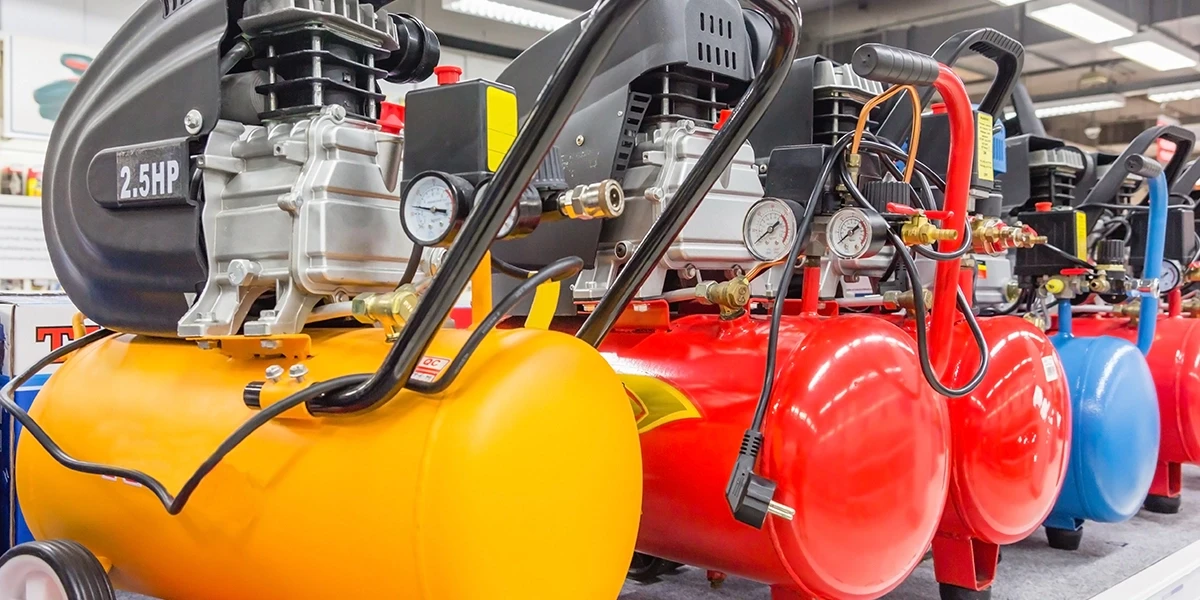
Air Compressors for Sale: Compare Models, Brands, Features

Essential Power Transmission Accessories for Industries
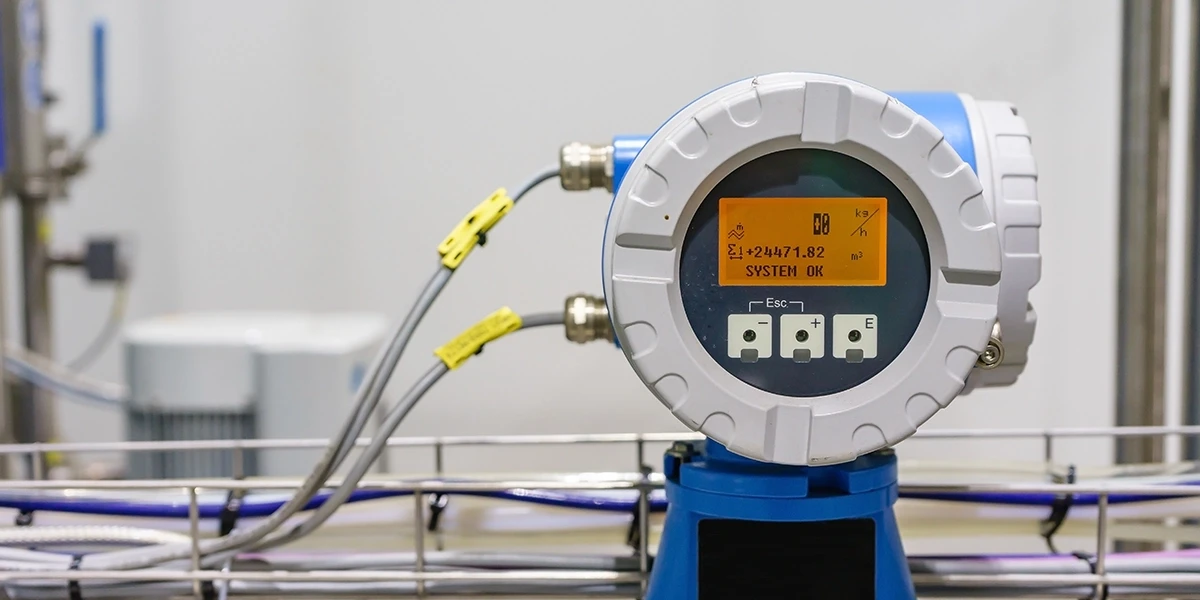
Best Industrial Sensors for Automation
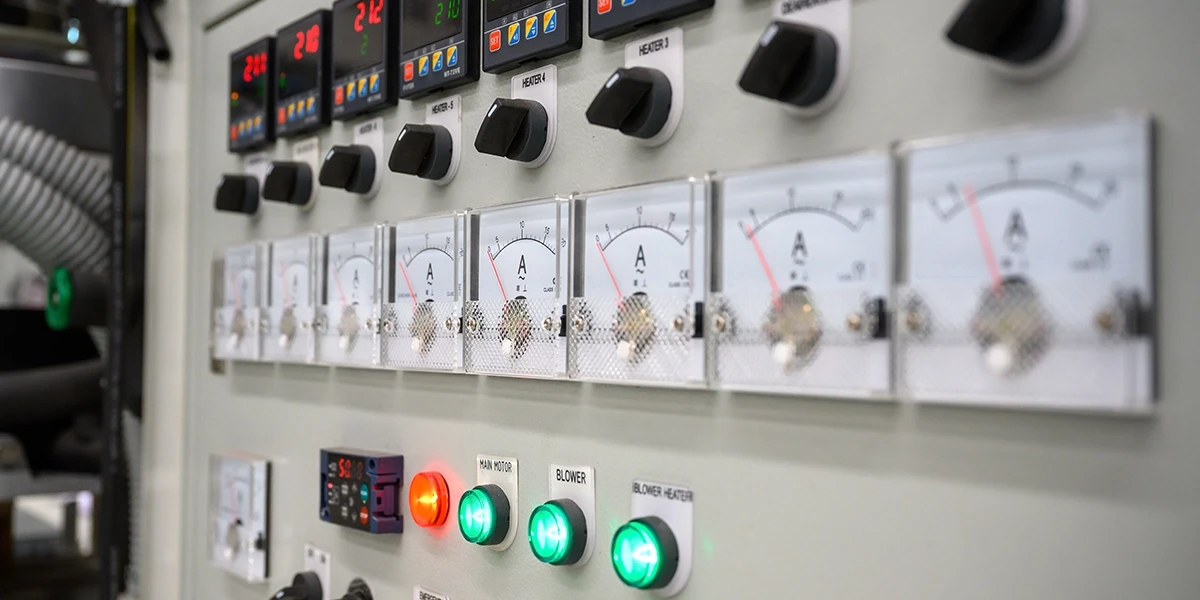
Uses of Industrial Control Equipment
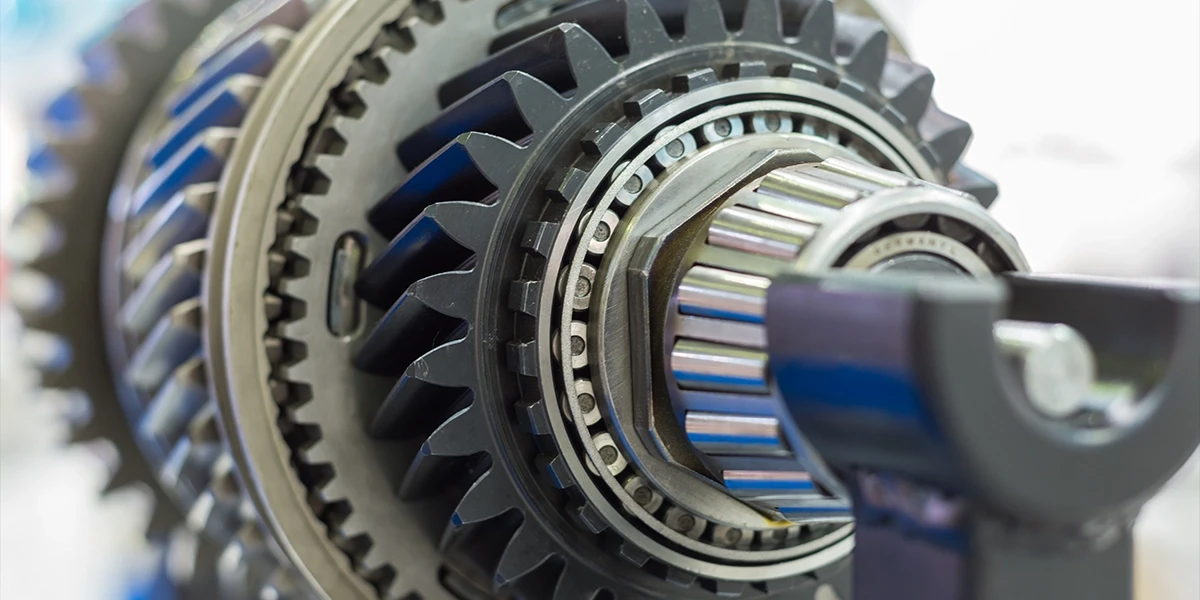
Top Bearings and Power Transmission Solutions
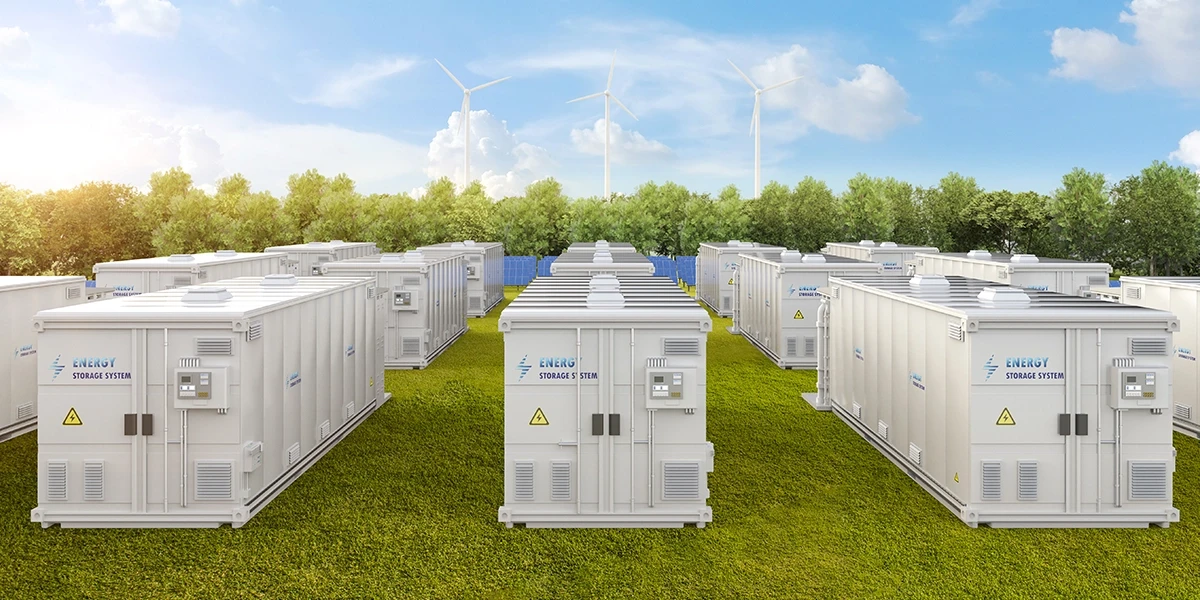
Buy Battery Energy Storage Systems Now
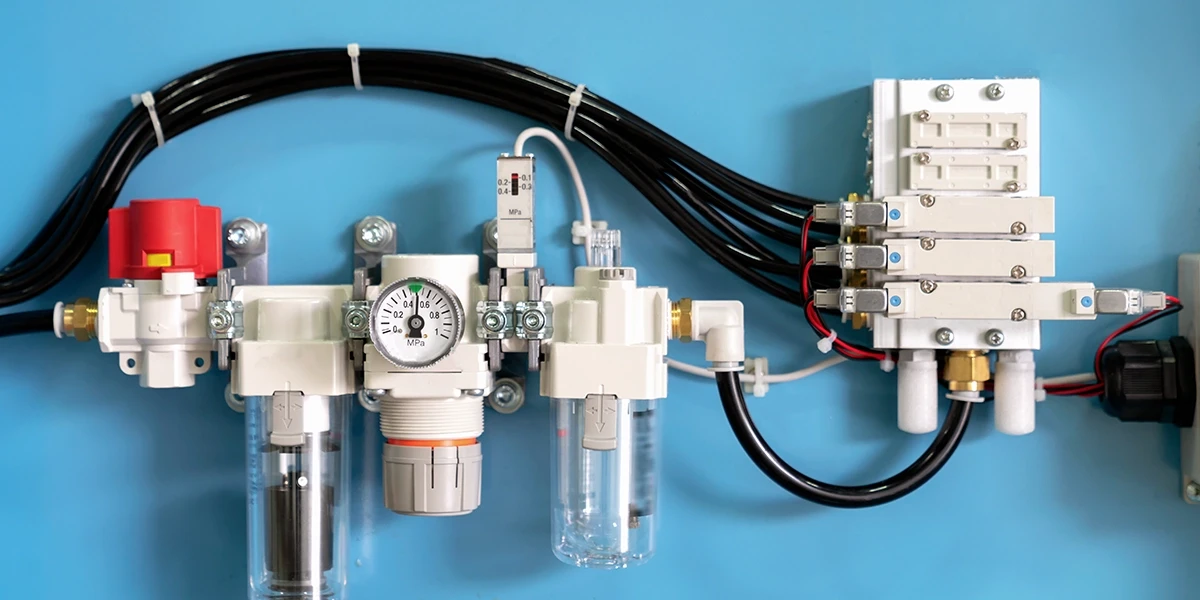
Benefits of Pneumatic Systems Today
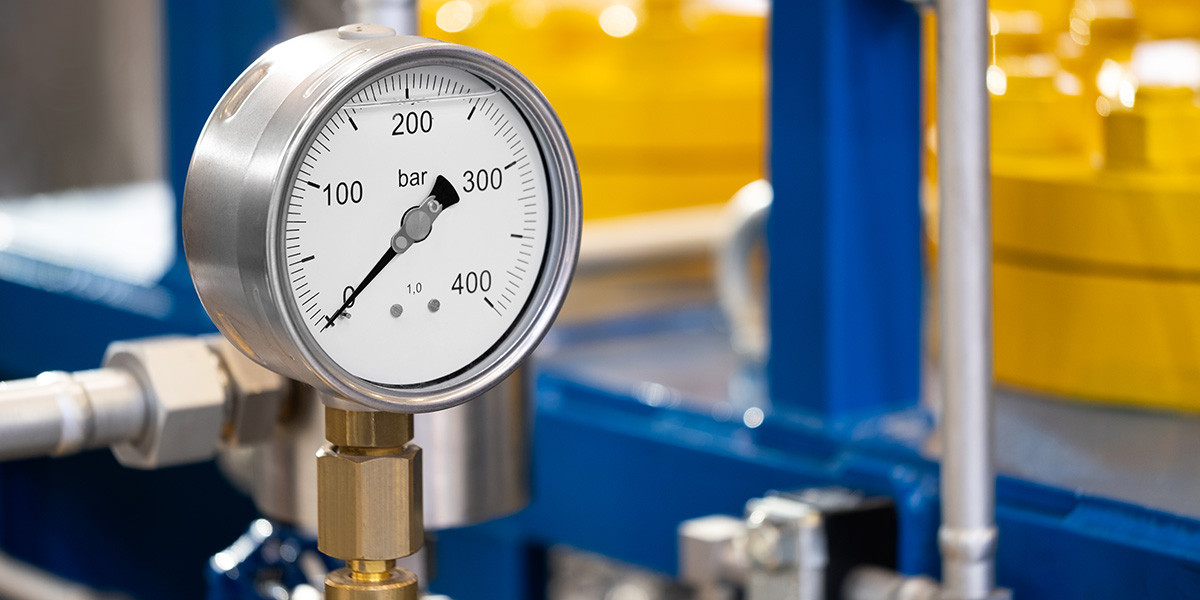
Durable Air Regulator Valve for Heavy-Duty Industrial Use